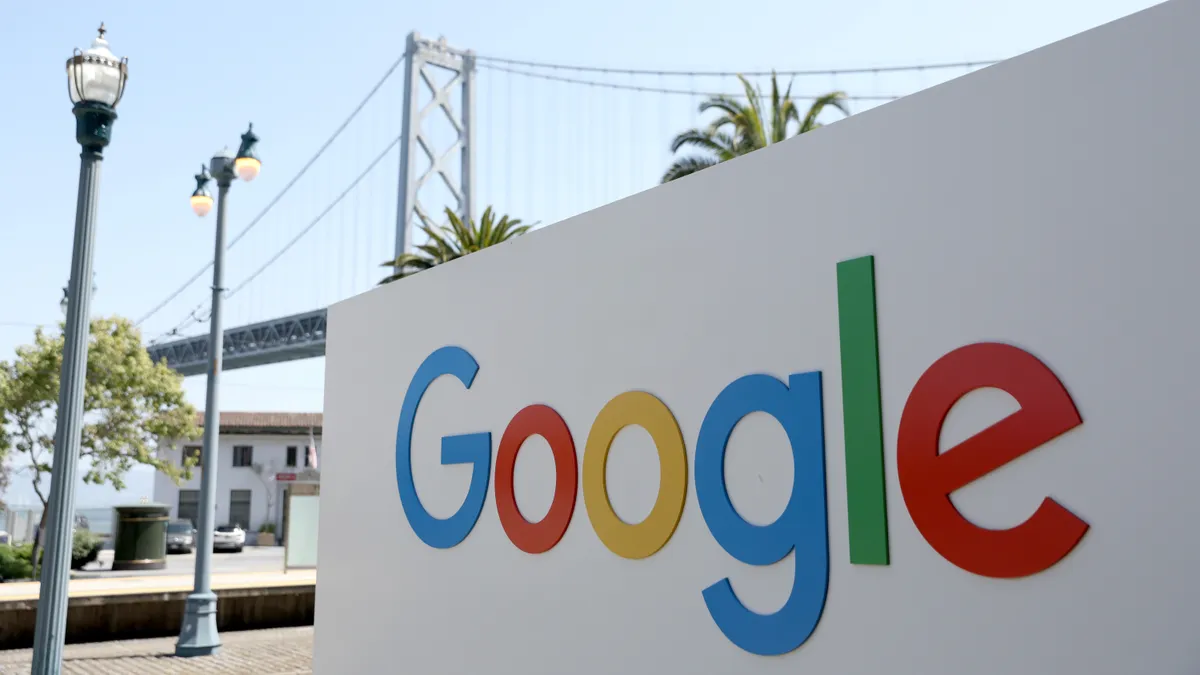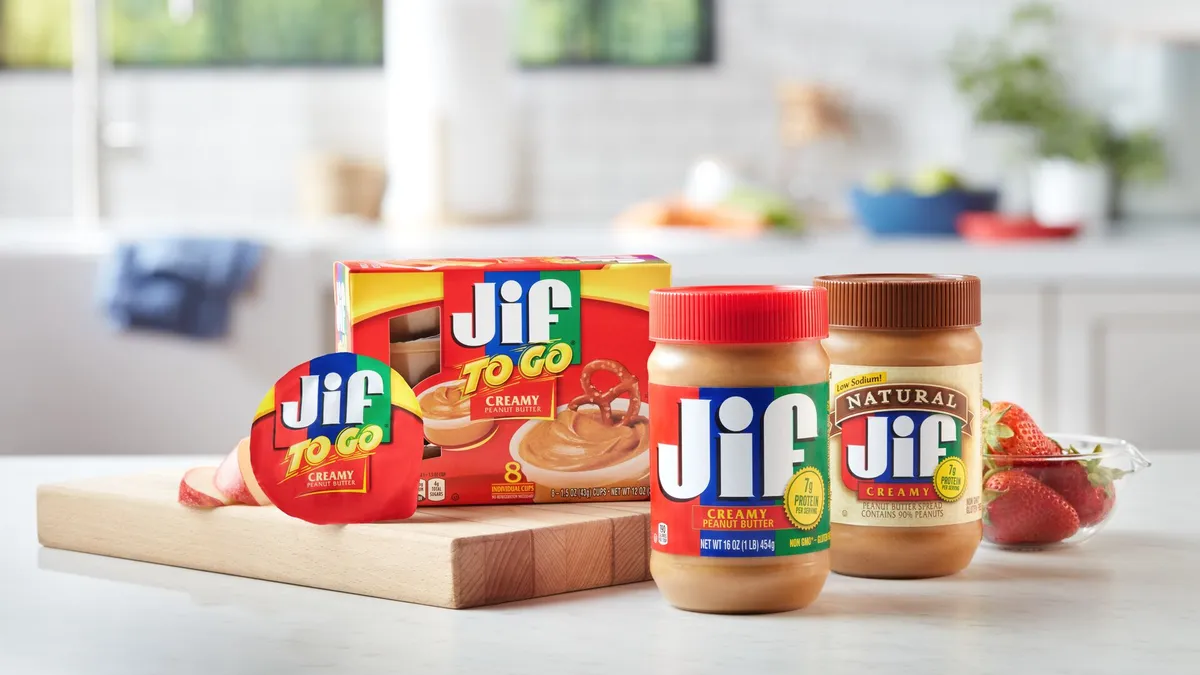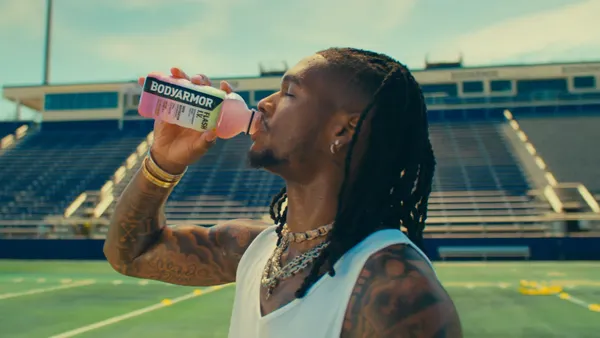Experts predict retail media will reach $81.6 billion in ad spending in 2025, comprising almost a quarter of all U.S. digital advertising dollars spent. The increasing reliance on retail media networks often requires brands to pay a premium—sometimes called the “retail media tax”—to promote their products within a retailer’s ecosystem. While retail media offers valuable visibility, it can limit campaign flexibility and drive up costs.
Simultaneously, media buyers are confronted by the overwhelming complexity of navigating a fragmented advertising landscape, which makes it increasingly difficult and costly to reach various target audiences. A study from Advertiser Perceptions found that 87% of advertisers are interested in retail media solutions that aggregate multiple retailers, while 2 in 3 feel that they don’t have the bandwidth to keep up with retail media networks.1
Forward-thinking brands are turning to non-traditional media solutions to expand their marketing campaigns to reach a larger audience without retail media network fees. One example is on-the-go media, which captures consumers while they are out and actively making purchase decisions.
Here, we share how you can leverage a more efficient method for your ad spend and maximize your consumer reach by accessing your audience more effectively rather than making multiple buys.
Why On-the-Go Video Advertising Works
Nearly 40 million Americans stop at gas stations each day to fill up where brands have a captive audience to raise product awareness and drive consumers to nearby retailers to shop.
“On-the-go media is a dynamic, full sight, sound and motion video advertising format designed to engage consumers during key moments in their daily routines,” explained Kristina Lutz, EVP of marketing for GSTV. “It’s positioned in high traffic, commerce-driven environments such as fuel and convenience retailers, rideshares, grocery or taxis.”
When brands invest in path-to-purchase advertising, the proximity to buying decisions complement advertising dollars spent on retail media networks. According to a GSTV audience survey, results showed that 40% of GSTV viewers who made purchases at the c-store were influenced by ads at the pump.2
Alleviate Your Media Buying Headaches
Retail media networks are bloated to the point that if a brand wants to reach their consumers, it must buy ads across many networks, with uncertainty on duplication across those buys. Agencies and media buyers must log in to multiple platforms. With every retail media network having its own walled garden, it’s difficult for agencies to get an overall idea of how their media campaign and spend is performing.
“There is a lot of fragmentation,” said Lutz. “That lack of standardization is time-consuming to manage, and then there is the 800-pound gorilla around all that, which is measurement.”
On the one hand, the fact that retail media networks are walled gardens provides the benefit of closed-loop measurement. However, with 80+ networks, brands can’t measure across those retail media networks to determine ROI. First-party vs. third-party data also complicates advertising because it differs across platforms.
“For on-the-go media, we’re able to work with partners on however they want to measure,” Lutz said.
Maximize Reach With On-The-Go Video Content That Drives Sales
Connecting with consumers at the last mile of a shopper journey creates a greater lift in a brand’s visibility and drives consumer action. After fueling up, 84% of GSTV’s viewers will continue to spend money the same day.2 Not only do they shop more frequently, but they also make larger in-store, online, and pick-up purchases.
Proximity to purchase is only part of the equation. Good content is equally critical. Lutz says GSTV strives to serve up content that provides consumers with the best four minutes of their week. Short, snackable programming delivers what viewers want today, and brands should consider both that and context.
“The context of the environment in which your message is being delivered is equally important to continue to hold that attention and breakthrough with that consumer,” Lutz said. “I advise brands to think about content in terms of context to the moment and in terms of alignment with their brand.”
At a time when retail media network growth is reaching saturation, on-the-go media offers an impactful way to reach consumers when they are making purchasing decisions. Potentially even more important, path-to-purchase advertising also provides brand safety.
“There has been a lot of industry conversation about how retail media networks need to expand outside their platforms, which is smart. But as they sell off-site inventory, it raises issues of brand safety and transparency, which are very important to brands,” Lutz said. “That’s not an issue for on-the-go media like GSTV, an all-in-one platform that is completely controlled.”
1. Advertiser Perceptions. GSTV Market Traction study W4 | Q3 2024
2. GSTV audience insights survey via MFour, 2024










